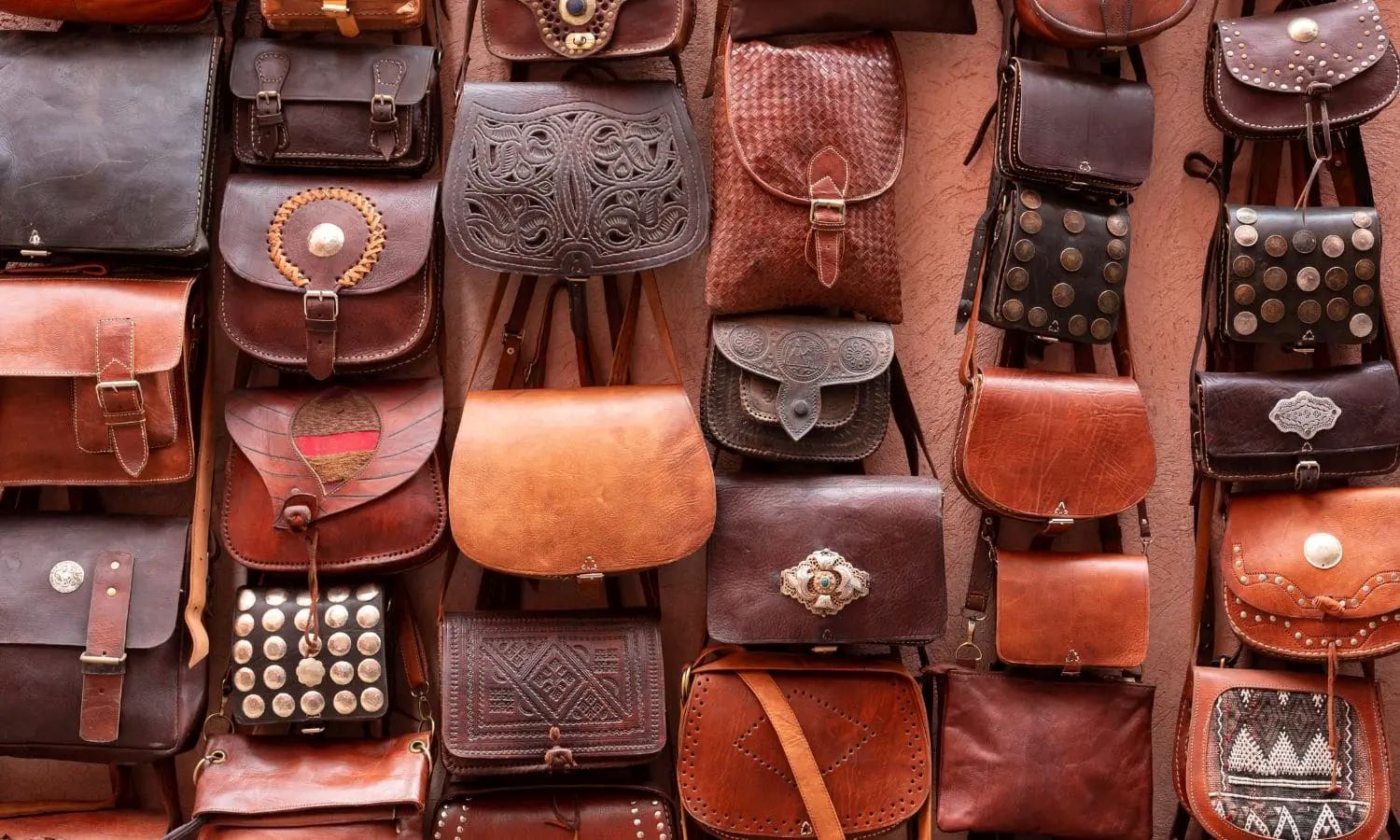

Articles
How To Store Leather Bags
Modified: January 6, 2024
Learn how to properly store and care for your leather bags with our informative articles. Keep your bags looking stylish and lasting longer.
(Many of the links in this article redirect to a specific reviewed product. Your purchase of these products through affiliate links helps to generate commission for Storables.com, at no extra cost. Learn more)
Introduction
When it comes to accessories, a leather bag is always a timeless and sophisticated choice. Whether it’s a stylish handbag, a practical tote, or a sleek briefcase, leather bags are not only functional but also make a fashion statement. However, if you want your leather bags to stay in top condition and last for years to come, proper storage is essential.
In this article, we will guide you on how to store your leather bags to maintain their quality and prolong their lifespan. We will discuss the different types of leather, quality indicators, and the steps to prepare your bags for storage. Additionally, we will provide tips for choosing the right storage space, proper storage techniques, and long-term care strategies.
By following these guidelines, you can ensure that your leather bags stay in excellent condition and remain a cherished part of your wardrobe for many years.
Key Takeaways:
- Properly preparing and storing leather bags is crucial for maintaining their quality and longevity. Understanding different leather types, quality indicators, and proper cleaning and conditioning techniques are essential for preserving leather bags.
- Choosing the right storage space, using proper storage techniques, and implementing long-term care strategies are key to ensuring leather bags remain in excellent condition even during extended periods of storage. Regular cleaning, conditioning, and protection from environmental factors are vital for preserving leather bags.
Read more: How To Store Leather Bags In Humid Weather
Understanding Leather Bags
Before we dive into the storage tips, it’s important to have a basic understanding of leather bags. There are different types of leather used in bag manufacturing, each with its own unique characteristics. Understanding these differences will help you determine how to properly care for your leather bags.
Different Types of Leather: The most common types of leather used in bag production are:
- Full Grain Leather: This is the highest quality leather, made from the top layer of the hide. It is durable, retains the natural texture, and develops a beautiful patina over time.
- Top Grain Leather: Slightly lower in quality than full grain leather, top grain leather is also made from the top layer of the hide but is sanded and buffed to remove imperfections.
- Corrected Grain Leather: This type of leather is sanded, embossed, or corrected to hide any imperfections. It is often coated with pigments or dyes for a more uniform appearance.
- Suede Leather: Suede is made from the underside of the hide, giving it a soft and velvety texture. However, it is more prone to staining and requires extra care.
Quality Indicators of Leather Bags: When purchasing a leather bag, there are a few indicators to look out for to ensure you are getting a quality product:
- Thickness: High-quality leather bags are usually made from thick and durable leather. Thicker leather is less prone to damage and will hold its shape over time.
- Stitching: Pay attention to the stitching on the bag. It should be even, tight, and without loose threads. Quality stitching adds to the bag’s durability.
- Hardware: The hardware, such as zippers, buckles, and clasps, should be sturdy and made from high-quality materials. Cheap or flimsy hardware can easily break or tarnish.
- Smell: Genuine leather has a distinct smell that is rich and earthy. If the bag has a chemical or synthetic smell, it may indicate lower-quality leather.
Understanding the different types of leather and quality indicators will help you choose the right leather bag and care for it properly. Now let’s move on to preparing your leather bags for storage.
Preparing Leather Bags for Storage
Before you store your leather bags, it’s essential to properly prepare them to ensure they remain in good condition. Here are the key steps to follow:
Cleaning Leather Bags: Start by thoroughly cleaning your leather bags to remove any dirt, dust, or stains. Use a soft cloth or brush to gently wipe away surface dirt. For tougher stains, use a leather cleaner specifically designed for your bag’s type of leather. Follow the manufacturer’s instructions and test any cleaning products on a small, inconspicuous area first to ensure they don’t cause damage.
Conditioning Leather Bags: After cleaning, it’s important to condition your leather bags to keep them moisturized and prevent them from drying out. Apply a leather conditioner recommended for your bag’s type of leather and follow the instructions carefully. Conditioning helps restore the leather’s natural oils and keeps it supple.
Removing Stains and Odor: If your leather bag has any stubborn stains, treat them before storing. Use a mild soap or a specialized leather stain remover to gently remove the stains. Be sure to follow the instructions and avoid using excessive water or rubbing too vigorously, as it can damage the leather. Additionally, if your bag has developed any unpleasant odor, you can place cedar balls or use a leather-safe deodorizer inside the bag to absorb the smell.
By cleaning, conditioning, and addressing any stains or odor issues, you are ensuring that your leather bags are in the best possible condition before storage. In the next section, we will discuss how to choose the right storage space for your bags.
Choosing the Right Storage Space
When it comes to storing your leather bags, the right environment plays a crucial role in preserving their quality. Here are some factors to consider when selecting a storage space:
Temperature and Humidity Considerations: Leather is sensitive to extreme temperature and humidity changes. It is best to store your bags in a cool, dry place with a controlled environment. Avoid storing them in areas prone to high heat, such as attics or basements, as it can cause the leather to dry out or warp. Similarly, avoid excessively humid spaces, as it can lead to mold and mildew growth on the bags.
Protection from Sunlight and Moisture: Sunlight can fade and damage the leather, so it’s important to store your bags away from direct sunlight or strong artificial light sources. Additionally, always keep your leather bags away from moisture sources such as windows, damp basements, or areas prone to water leaks. Moisture can cause the leather to crack, mold, or develop an unpleasant odor.
Apart from these considerations, it’s also a good practice to store your bags in a clean, dust-free environment. Avoid storing them near sharp objects or other items that can potentially scratch or damage the leather. Once you have the appropriate storage space, let’s move on to the proper techniques for storing leather bags.
Store leather bags in a cool, dry place away from direct sunlight to prevent fading and drying out. Use a dust bag or pillowcase to protect the bag from dust and scratches. Avoid hanging the bag for long periods to prevent stretching.
Properly Storing Leather Bags
Once you have the right storage space, it’s time to focus on the proper techniques for storing your leather bags to maintain their shape and condition. Here are some key guidelines to follow:
Using Dust Bags or Pillowcases: It’s recommended to store each leather bag in its own dust bag or a pillowcase. These fabric covers provide protection from dust, dirt, and light while allowing the leather to breathe. If your bags did not come with dust bags, you can purchase them separately or use clean, breathable cotton pillowcases as an alternative.
Avoiding Plastic Bags: While it may be tempting to use plastic bags for storage due to their convenience, they are not recommended for leather bags. Plastic bags can trap moisture and lead to mold or mildew growth on the leather. Additionally, they can cause the leather to become dry and brittle. It’s best to stick to breathable fabric covers.
Maintaining the Bag’s Shape: To prevent your leather bags from losing their shape, fill them with tissue paper or bubble wrap. Avoid using newspaper as it can transfer ink onto the leather. Gently stuff the bags, ensuring they are adequately filled without overstuffing. This helps the bag maintain its form and prevents any creasing or distortion.
Additionally, if your bag has any detachable straps or chains, remove them and store them separately to prevent them from putting pressure on the bag and causing damage.
Following these proper storage techniques will keep your leather bags protected, free from dust, and maintain their shape while not in use. However, it’s important to periodically check and care for your bags even when stored for extended periods of time. In the next section, we will discuss long-term storage tips for leather bags.
Read more: How To Store Leather
Long-Term Storage Tips
When storing your leather bags for an extended period, it’s essential to take certain precautions to ensure they remain in optimal condition. Here are a few long-term storage tips to keep in mind:
Preventing Mold and Mildew: Moisture is the enemy of leather and can lead to the growth of mold and mildew. To prevent this, make sure your storage area is dry and well-ventilated. Consider using moisture-absorbing products such as silica gel packets or dehumidifiers to reduce excess moisture in the air. Avoid storing your bags in airtight containers or plastic bins, as they can trap moisture and promote mold growth.
Regularly Checking and Airing Out the Bag: It’s important to periodically check on your stored leather bags. Every few months, take them out of storage, gently remove the stuffing, and inspect the bags for any signs of damage, mold, or pest infestation. Allow the bags to air out in a well-ventilated space for a few hours before placing them back into storage.
Avoiding Excessive Pressure or Weight: Avoid placing heavy objects on top of your stored leather bags, as excessive pressure can distort their shape or cause permanent damage. If stacking bags, ensure that the ones on the bottom are not bearing too much weight.
By following these long-term storage tips, you can prevent mold, keep your bags in good condition, and ensure they are ready to be used whenever you want to bring them out of storage. However, even when stored, leather bags still require some care. Let’s explore how to take care of leather bags in storage in the next section.
Taking Care of Leather Bags in Storage
While your leather bags are in storage, it’s important to provide them with some care to maintain their quality. Here are some essential steps to take care of your leather bags even while they are not in use:
Periodic Cleaning and Conditioning: Although your bags are stored away, it’s still essential to periodically clean and condition them. This helps to prevent the leather from drying out and keeps it supple. Every six months or so, take your bags out of storage, gently wipe them down with a soft cloth, and apply a leather conditioner. Follow the product instructions and buff the leather gently to restore its natural shine.
Preventing Critters and Pests: Leather can attract critters and pests, such as moths or rodents, especially if stored in areas prone to such issues. To prevent infestation, place mothballs or natural repellents like cedar blocks or lavender sachets near your leather bags. These help repel insects and keep your bags safe.
Avoiding Extreme Temperature Changes: Drastic temperature changes can negatively affect leather, causing it to shrink, warp, or crack. To protect your leather bags, avoid storing them in areas that are subject to extreme temperature fluctuations, such as garages or sheds. Instead, opt for a temperature-controlled storage space.
By periodically cleaning and conditioning your bags, preventing critters and pests, and avoiding extreme temperature changes, you can ensure that your leather bags are well-maintained even in storage. Now, let’s conclude our article.
Conclusion
Proper storage is essential for maintaining the quality and longevity of your leather bags. By understanding the different types of leather and quality indicators, you can make informed choices when purchasing your bags. Preparing your bags for storage by cleaning, conditioning, and removing stains or odors ensures they are in the best possible condition.
Choosing the right storage space is crucial. Consider temperature and humidity conditions, protect your bags from sunlight and moisture, and store them in a clean and dust-free environment. Properly storing your leather bags using dust bags or pillowcases, avoiding plastic bags, and maintaining their shape with tissue paper or bubble wrap helps to prevent damage.
When storing leather bags for the long-term, take precautions to prevent mold and mildew by ensuring a dry and well-ventilated storage area. Regularly check and air out your bags to maintain their freshness and avoid excessive pressure or weight that can distort their shape.
Even when your bags are in storage, they still require care. Periodically clean and condition them, protect them from critters and pests, and avoid extreme temperature changes that can damage the leather.
By following these guidelines, you can ensure that your leather bags remain in pristine condition and are ready to be enjoyed whenever you decide to bring them out of storage. With the right care, your leather bags will continue to be stylish and timeless accessories for years to come.
Frequently Asked Questions about How To Store Leather Bags
Was this page helpful?
At Storables.com, we guarantee accurate and reliable information. Our content, validated by Expert Board Contributors, is crafted following stringent Editorial Policies. We're committed to providing you with well-researched, expert-backed insights for all your informational needs.
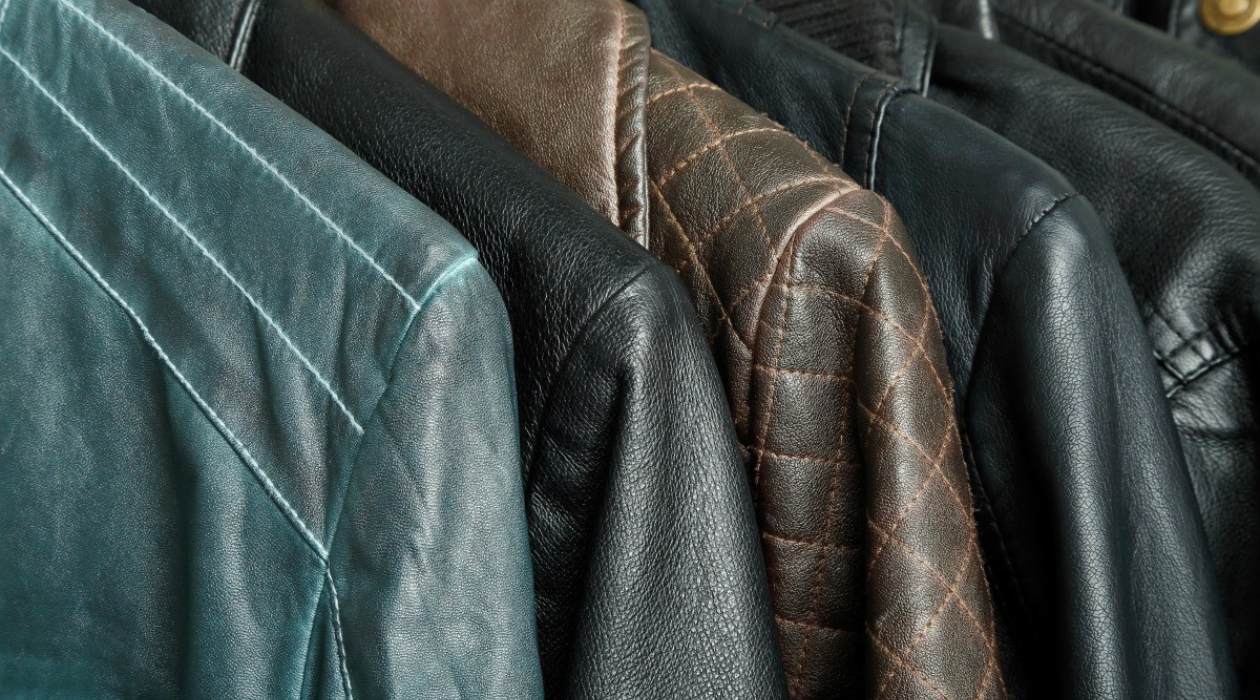

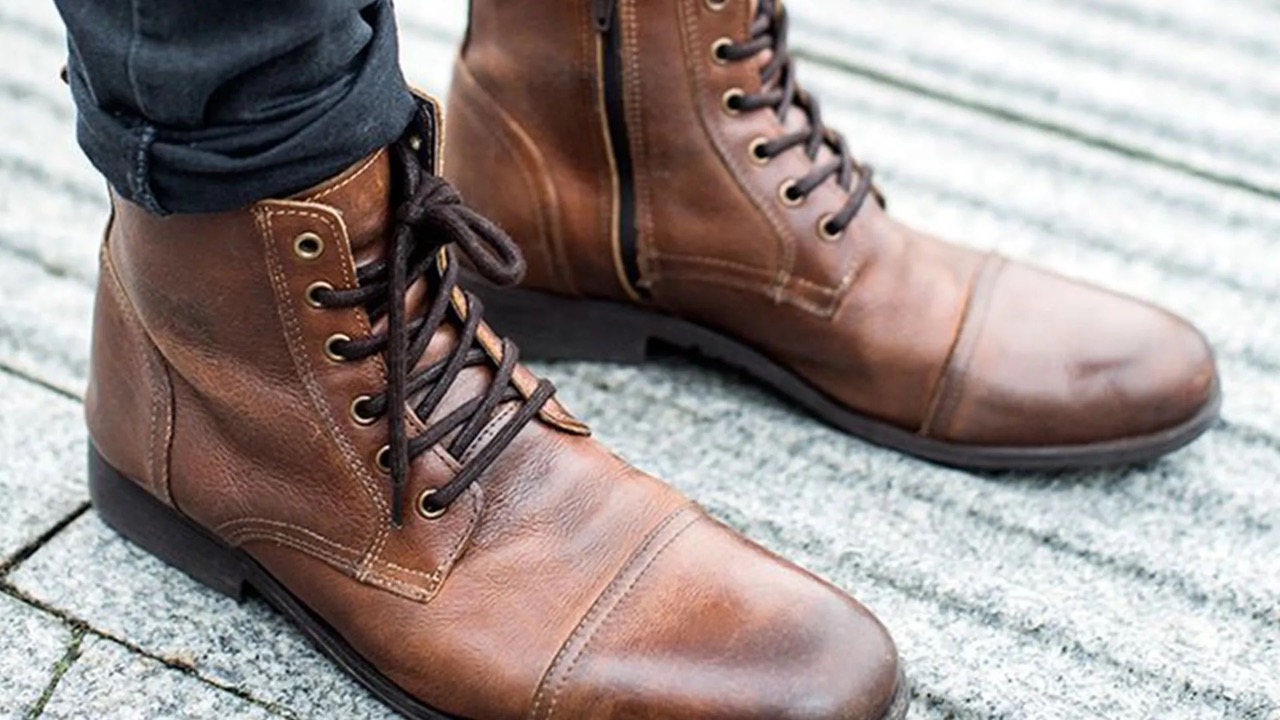
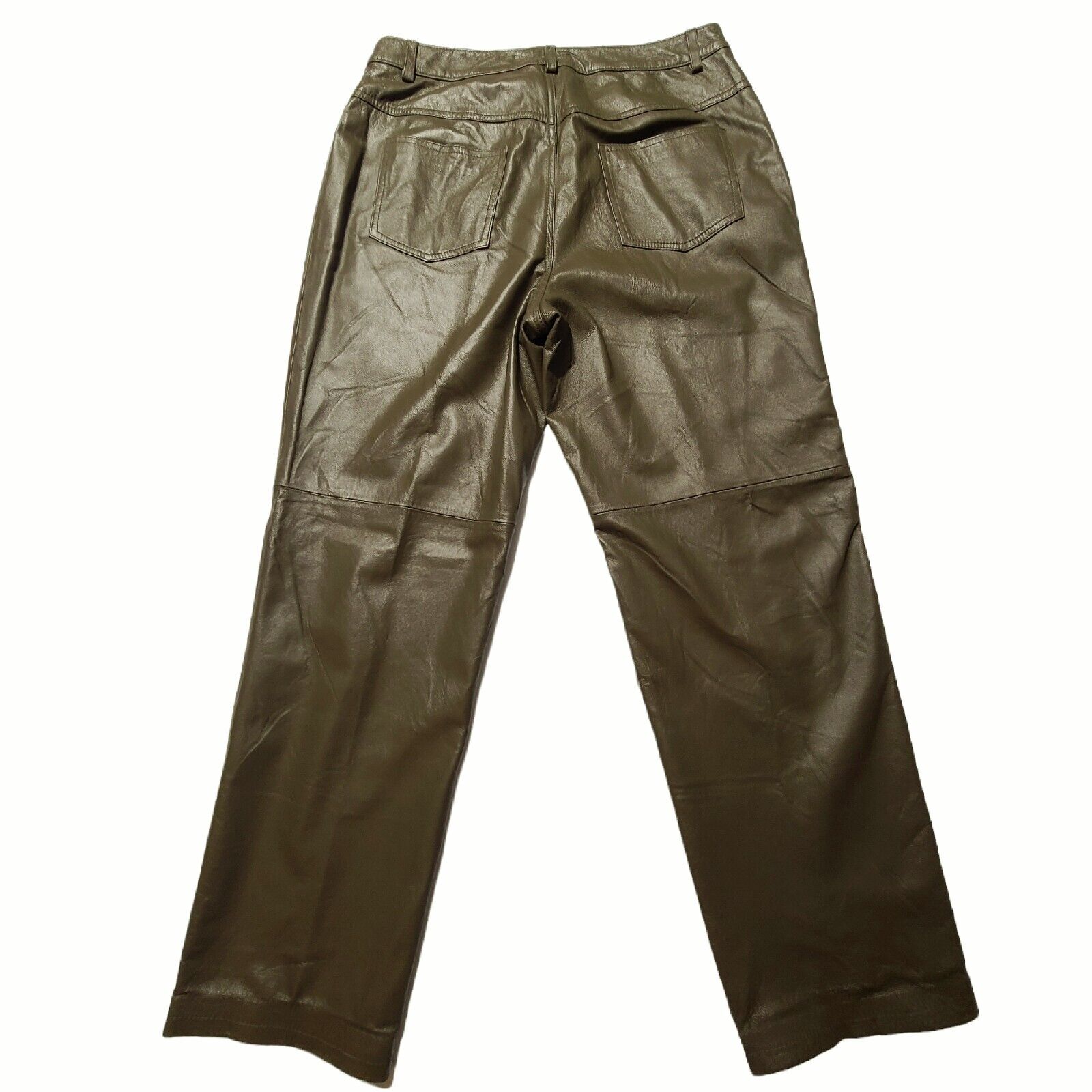
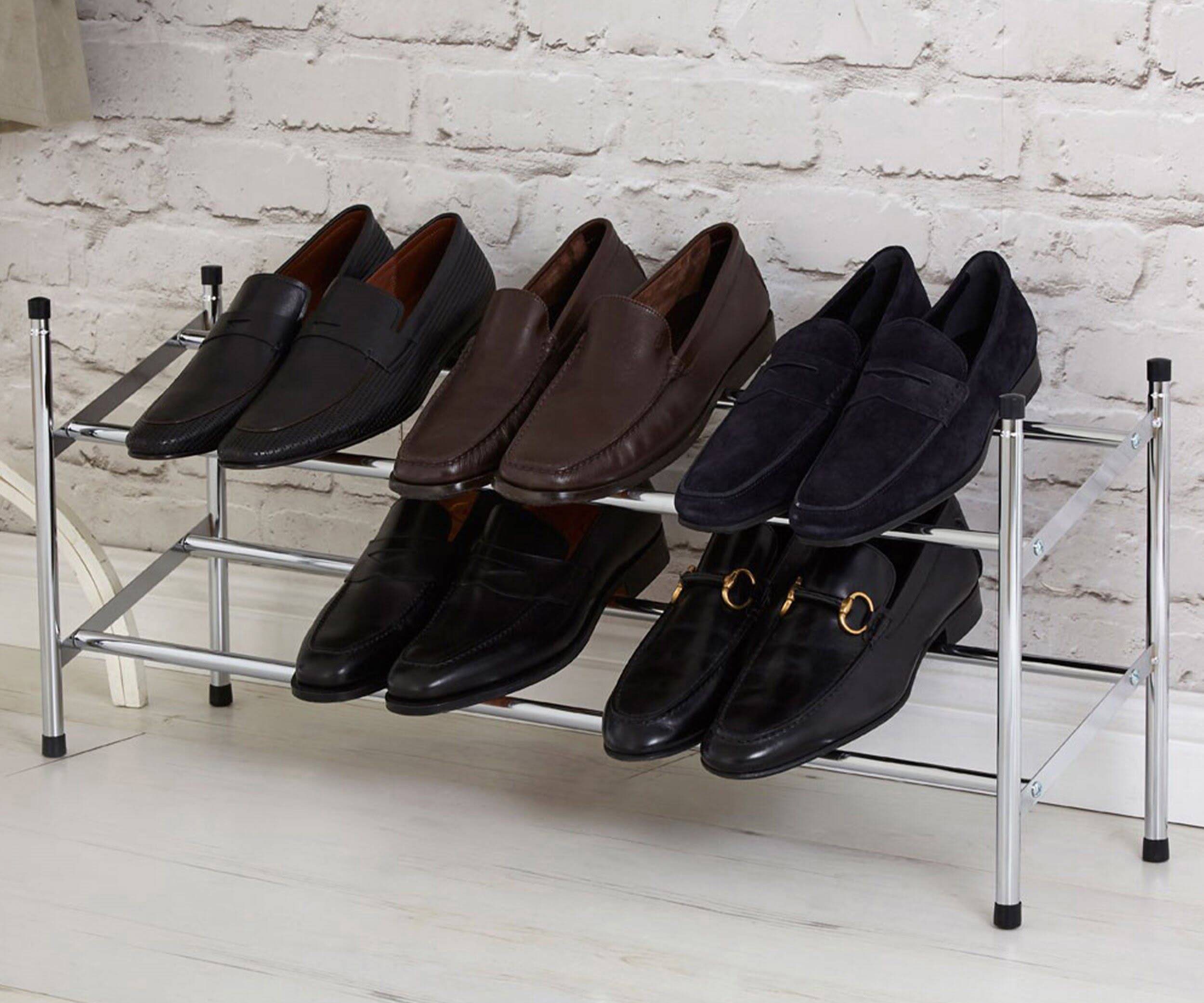
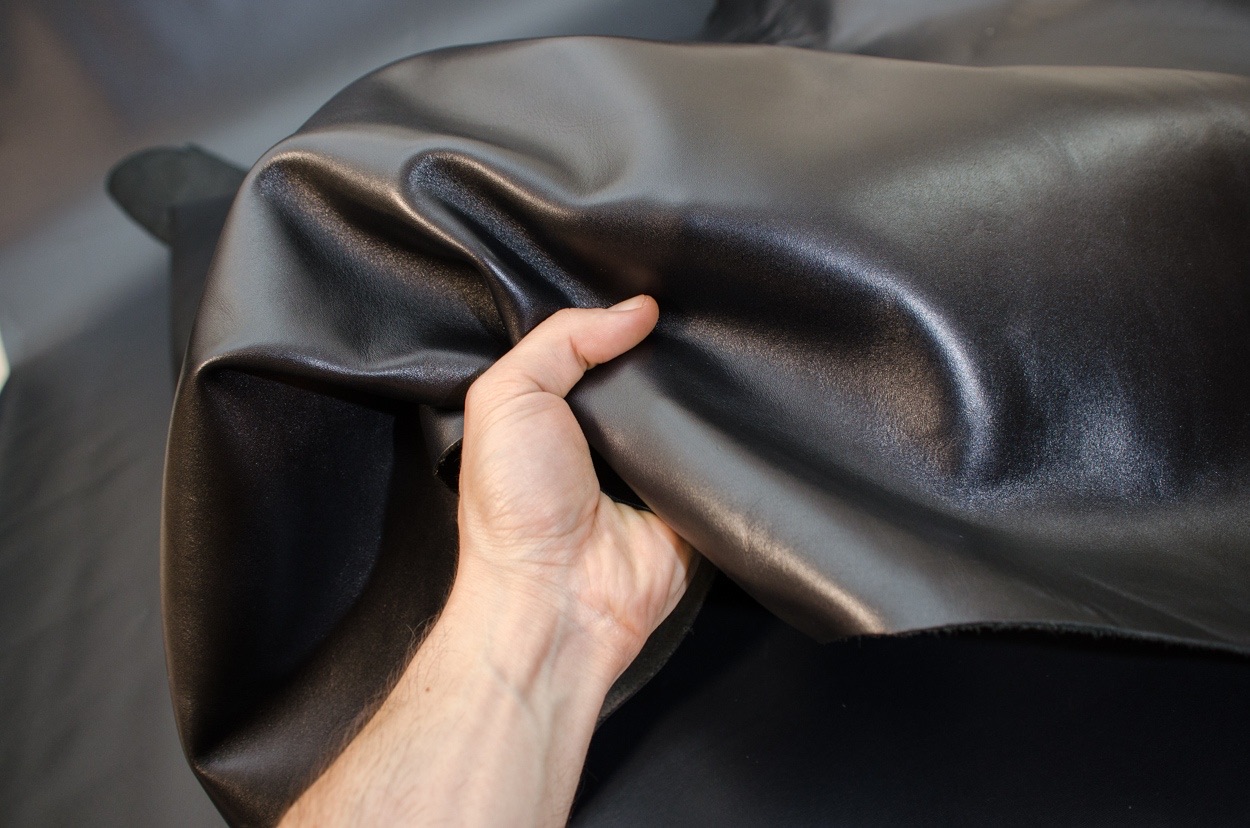

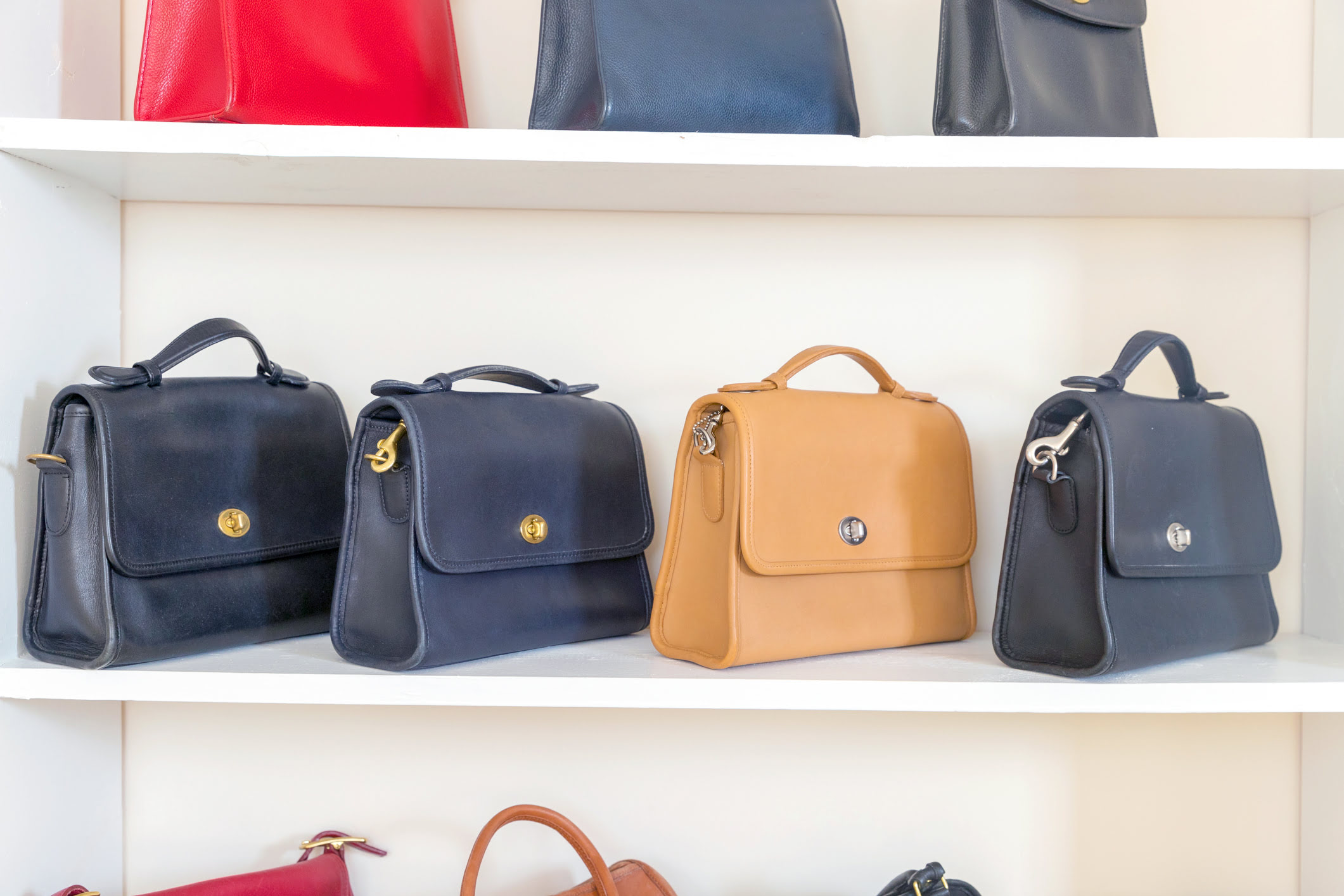


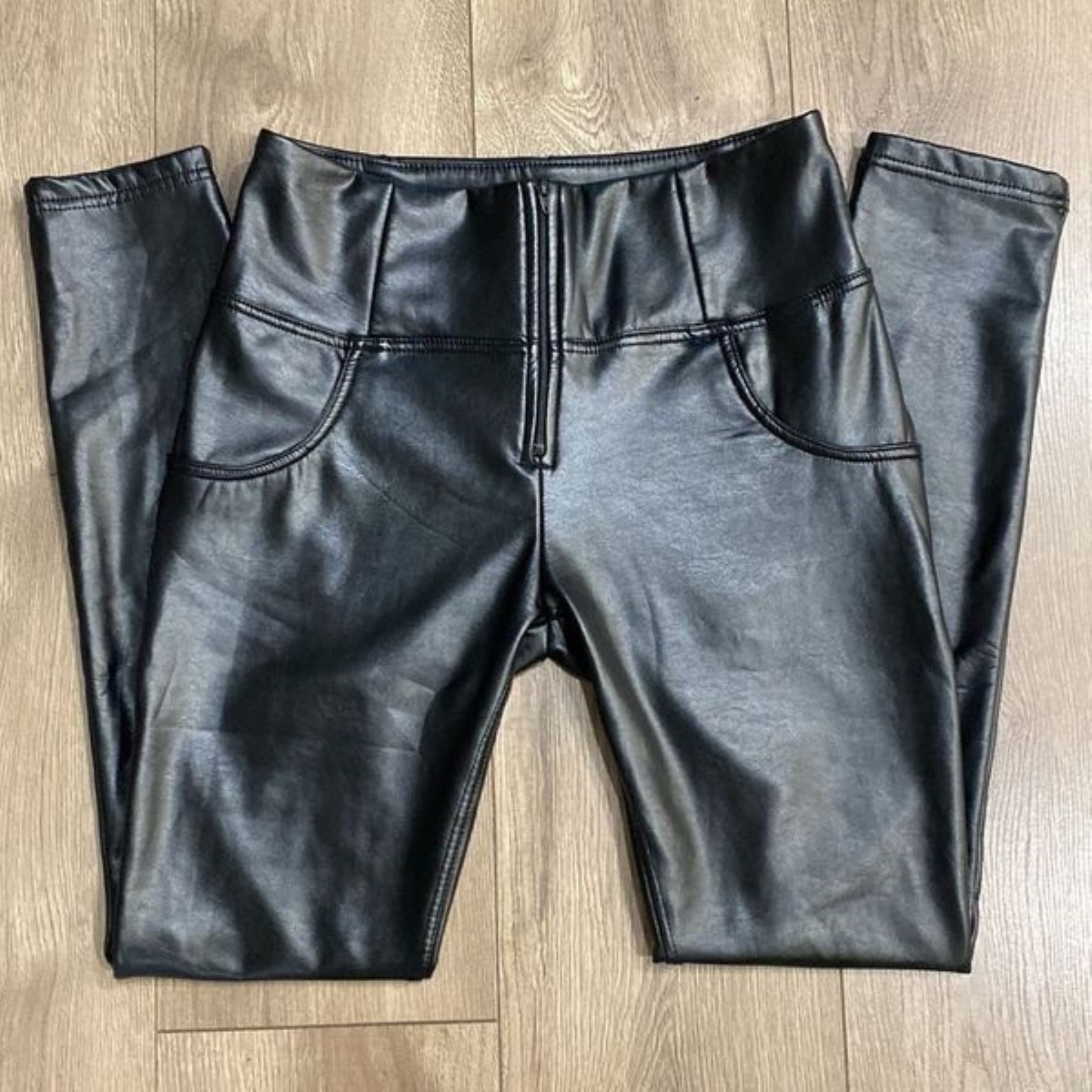




0 thoughts on “How To Store Leather Bags”